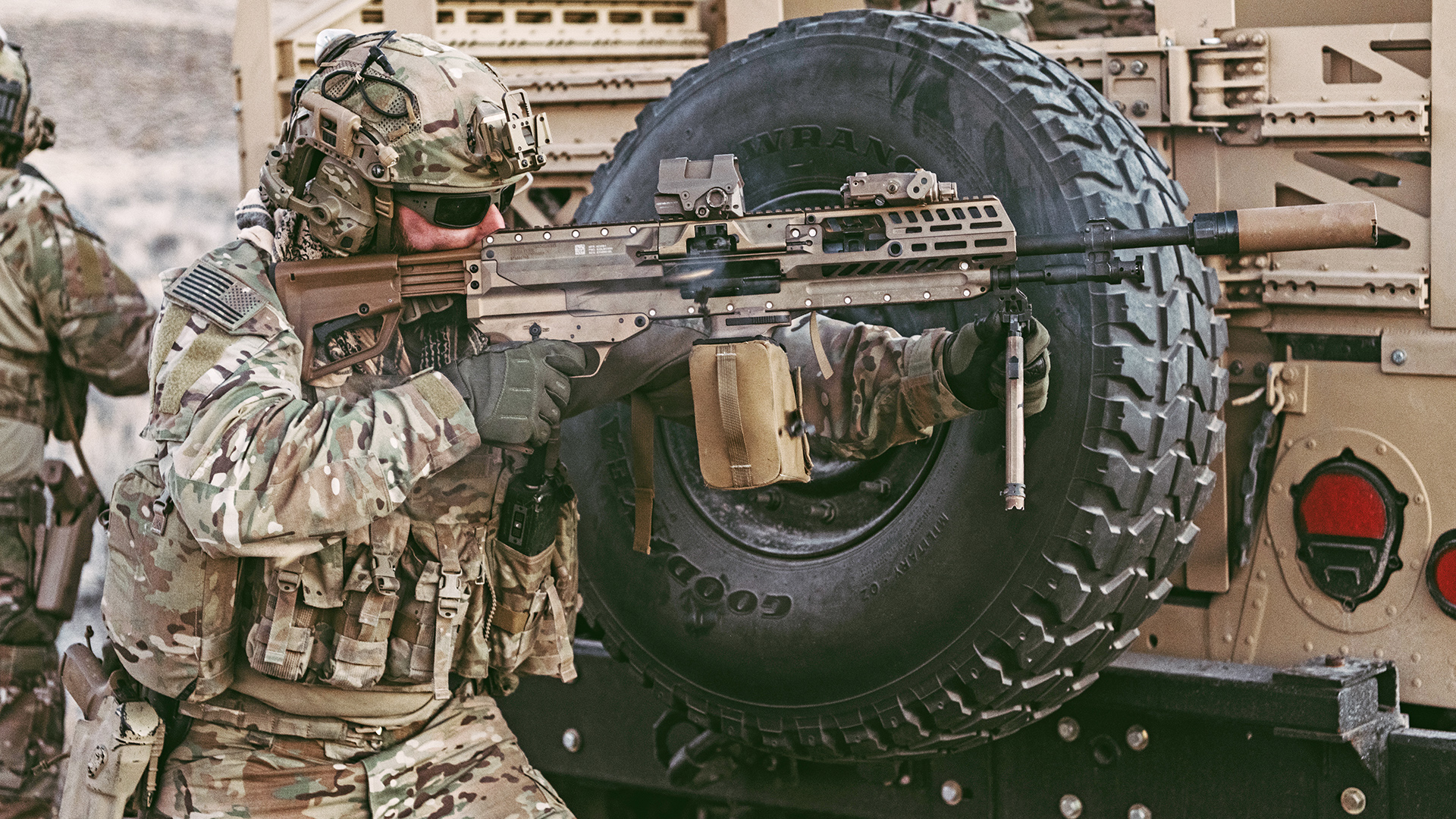For the first time in six decades, the Army will endeavor to introduce a new suite of small arms and associated accessories with the adoption of Sig Sauer’s family of Next-Generation Squad Weapons. This includes a rifle and a light machine gun in a new 6.8mm caliber of ammunition, as well as a fire control system, among other things.
Following a 27-month evaluation of three weapon systems, the Army announced on April 19 that Sig’s XM5 rifle was chosen to replace the M4/M4A1 carbine, and the belt-fed XM250, variously referred to as an automatic rifle and a light machine gun, is the planned replacement for the M249 squad automatic weapon within the close combat forces.
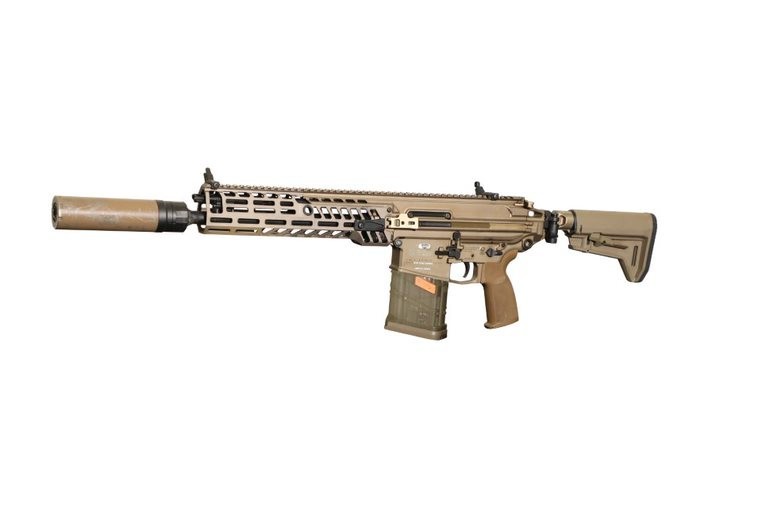
“We should note that this is the first time in our lifetime, the first time in 65 years the Army will field a weapon system of this nature,” said Brig. Gen. Larry Burris, commander of the U.S. Army Infantry School at Fort Benning last week, and Soldier Lethality Cross-Functional Team chief said during an April 20 press conference at the Pentagon. The service officially adopted its first version of the 5.56x45mm M16, a design that eventually spawned the current issue M4 and M4A1 carbines, in 1965.
Both of the new Sig guns are chambered in 6.8x51mm, a departure from the NATO-standard 5.56x45mm cartridge fired by the M4 and the larger, more powerful 7.62x51mm round fired by the service’s new Squad Designated Marksman Rifle and other weapons. The rounds use a hybrid-metallic casing that reduces its overall weight.
Switching to 6.8mm ammunition should provide extended range and power over the current 5.56mm round without the bulk of 7.62mm, desired attributes after witnessing the smaller round’s limitations during the Global War on Terror. Brig. Gen. Bill Boruff, Joint Program Executive Officer for Armaments and Ammunition, said the 5.56mm cartridge design “has been maxed out from the performance perspective” with the adoption of the M855A1 Enhanced Performance Round (EPR) The M855A1, which was first introduced in 2010, has earned high marks from soldiers, according to Boruff.
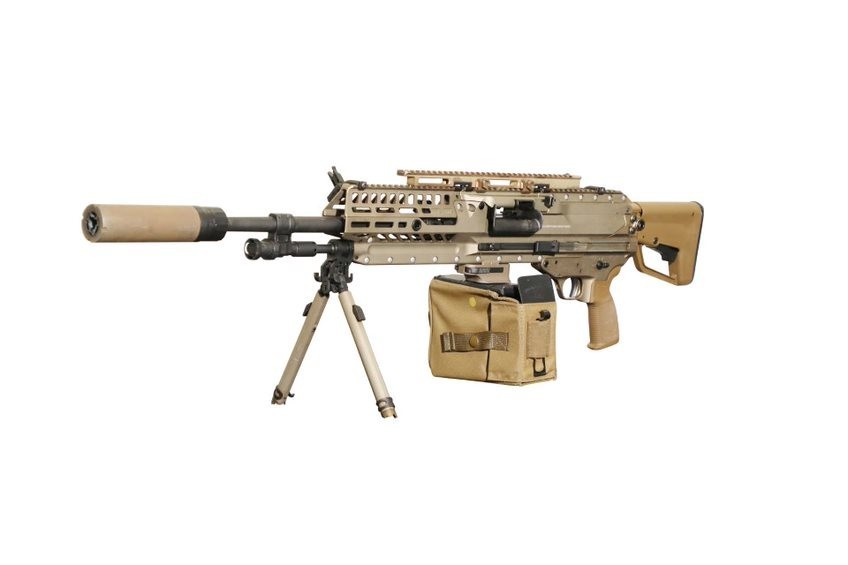
“The new weapon, with its increased operating pressure and size, allows the Army to significantly increase the performance capability of the ammunition,” Boruff said. “These advances allow soldiers at the squad level to deliver improved target defeat at higher energies to advanced threats at extended ranges.”
A 10-year, $20.4 million initial production contract was announced on April 19, following a 27-month evaluation of three competing weapon systems. More than 500 soldiers, Marines, and special operators contributed 20,000 hours of testing on the NGSW rifles and machine guns, Burris said.
The initial contract covers about 40 total weapons — 25 XM5s and 15 XM250s — that will be used to develop Sig Sauer’s production line, according to Col. Scott Madore, the Army’s Project Manager for Soldier Lethality. It also buys enough ammunition for the Army and Sig Sauer to develop and establish production of the rifle in sufficient quantities for fielding. All told, there is a $4.7 billion ceiling on the deal, which allows for the purchase of up to 250,000 rifles for the Army, other U.S. military services, and potential foreign military sales customers, according to the Army. The Army plans to buy a mix of about 107,000 M5s about 13,000 M250s, Burris said.
Operational testing is expected to begin in early 2024 with a first unit equipped in the fall of the same year. The weapons will go to “close combat” forces in both the active component and National Guard as ammunition production ramps up, Burris said. Under the current fielding plan, infantry, cavalry scouts, combat engineers, combat medics, and forward observers will carry the NGSW. The Army will continue to field the M4, M249, and M240B medium machine gun to units outside of the close combat force, he said.
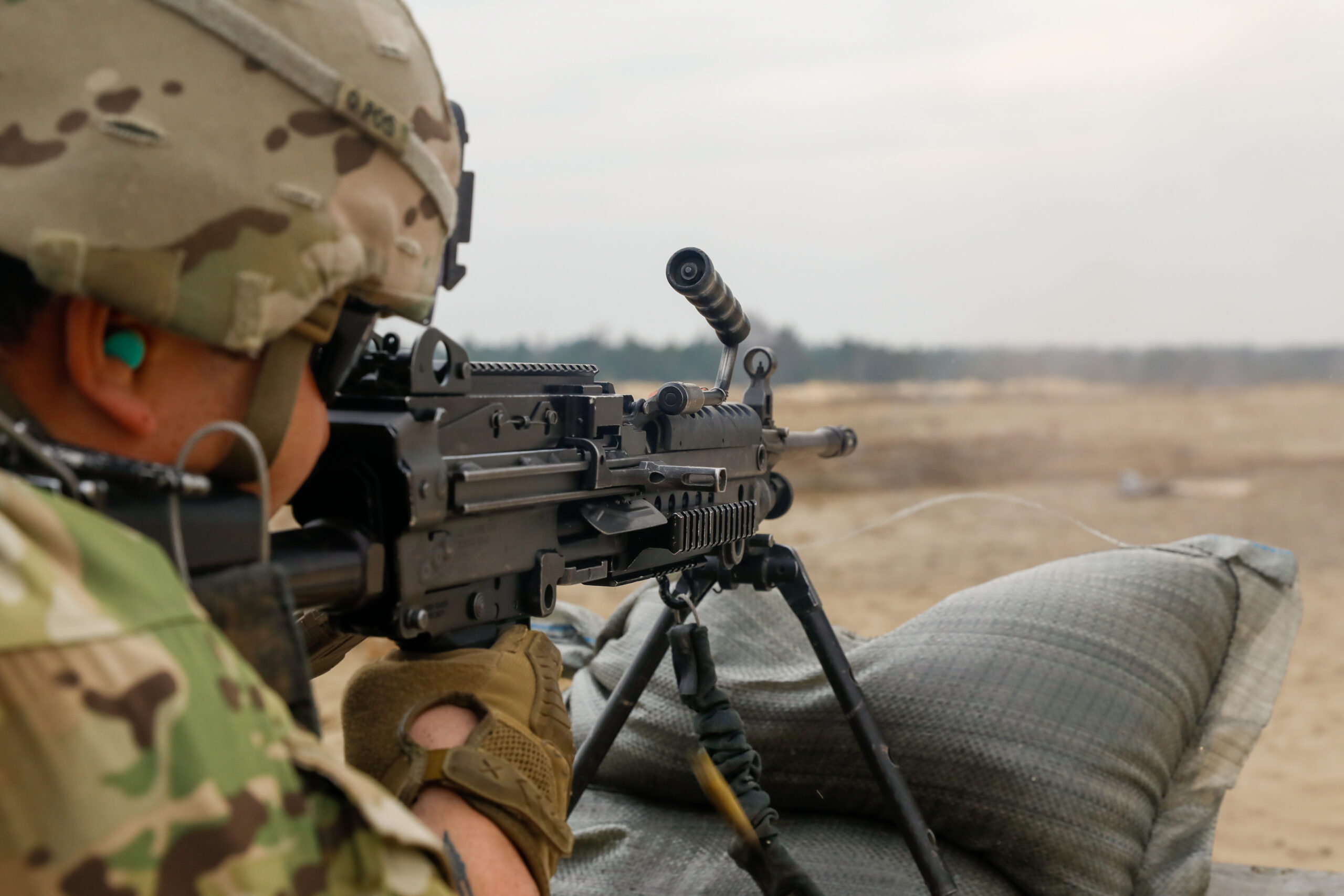
Both weapons are based on Sig’s popular MCX line, a piston-operated derivative of the AR-15/M16 family that the U.S. military already uses. A long-barrel version of the MCX was recently used during the Best Ranger Competition at Fort Benning, Georgia, where a new version of the M110 semi-automatic sniper rifle from Knight’s Armament also made an appearance.
While the weapons carry an “X” designation because they are technically experimental and not yet fielded, each will follow their predecessors’ designation as the M5 and M250. An unloaded M5 rifle is about two pounds heavier than an empty M4, not an insignificant jump from a weapon that weighs 6.4 pounds empty, while the automatic M250 will weigh in at less than the M249 without ammunition. The gas-piston-operated XM5 has a 13-inch barrel, about 1.5 inches shorter than the M4, and has an overall length of 34 inches with its stock extended.
Both the XM5 and XM250 will be paired with the XM157 Fire Control Optic unit, a ruggedized advanced fire control system that increases accuracy and lethality for the close combat force. The XM157 integrates a number of advanced technologies, including a variable magnification optic (1×8 magnification), backup etched reticle, laser rangefinder, ballistic calculator, atmospheric sensor suite, and compass.
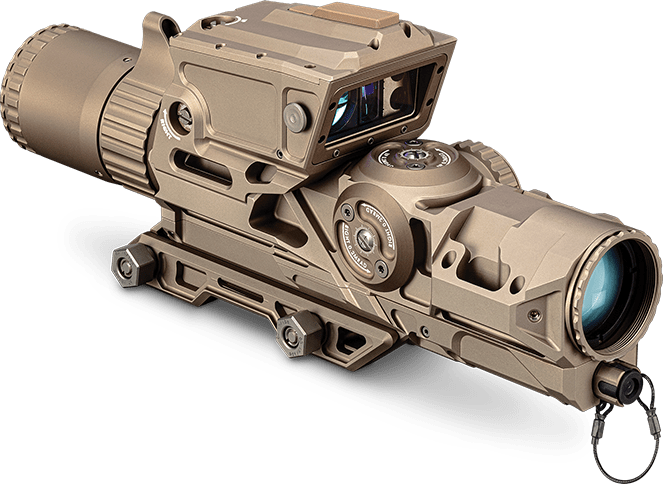
By going with the Sig Sauer offerings, the Army chose perhaps the most traditional rifle design in the competition. It also gives the company clear dominance in providing the Army with standard-issue small arms. The M17 and M18 Modular Handgun System pistols, customized variants of the Sig P320, began replacing the M9, a version of the Beretta 92, among other handguns, in 2017. U.S. Special Operations Command also bought a small number of conversion kits from the Swiss gun maker to turn existing M4A1 carbines into new MCX Rattler personnel defense weapons, or PDWs.
Sig bested the LoneStar Future Weapons RM277 bullpup rifle, originally entered into the competition by General Dynamics Ordnance and Tactical Systems (GD-OTS), for the NGSW contract. Textron’s AAI division, which offered a technology demonstrator, known as the NGSW-Technology, was eliminated from the competition when the NGSW-T did not meet the “success criteria” during initial testing, said Col. Madore, the Project Manager for Soldier Lethality.

Perhaps as important as the rifles themselves is the adoption of the new ammunition, the only requirement for which is that it weigh less per round than 7.62mm cartridges. Burris insisted the choice of 6.8mm is not intended to replace either 7.62 or 5.56 as NATO standard ammunition.
Each competitor offered ammunition specific to its weapon, though it had to be 6.8mm and weigh less than 7.62, Madore said. That essentially lessened the possibility that the Army would choose a rifle from one competitor and light machine gun from another, though that was an option, he said.
Sig’s hybrid metallic case consists of a traditional brass casing with a steel base and will be marketed to civilians as 277 Fury. A semi-automatic version of the XM5 called the MCX Spear will eventually be available to civilians.
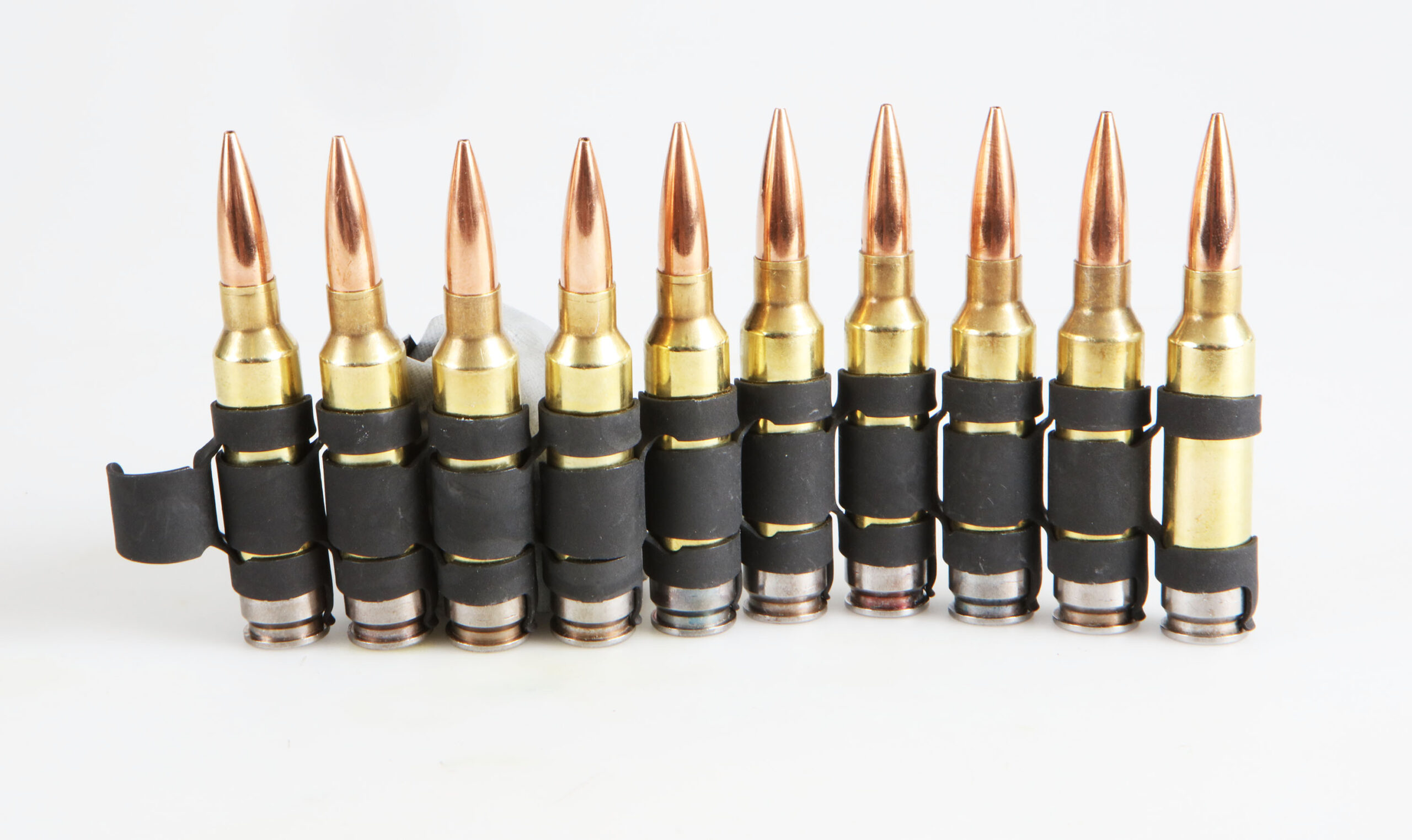
Because each NGSW vendor offered ammunition unique to their weapons, the Army can only now begin working with Sig Sauer to produce its 6.8mm rounds in sufficient volume for fielding, Boruff said.
“The exciting point for us is, now we can work with Sig Sauer and we can refine some of the pressures in the weapon that will enhance the ammunition as we move forward,” he said.
Fielding an adequate supply of ammunition in the new caliber will be a major challenge that will require expanding the Army’s and industry’s existing production capacity. The Army has spent decades refining the way it produces and procures ammunition to ensure supply is never exhausted, Boruff said.
“Consider preparing a new weapon fielding starting with absolutely zero inventory and the industrial base being established,” Boruff said. ‘It’s daunting, indeed.”
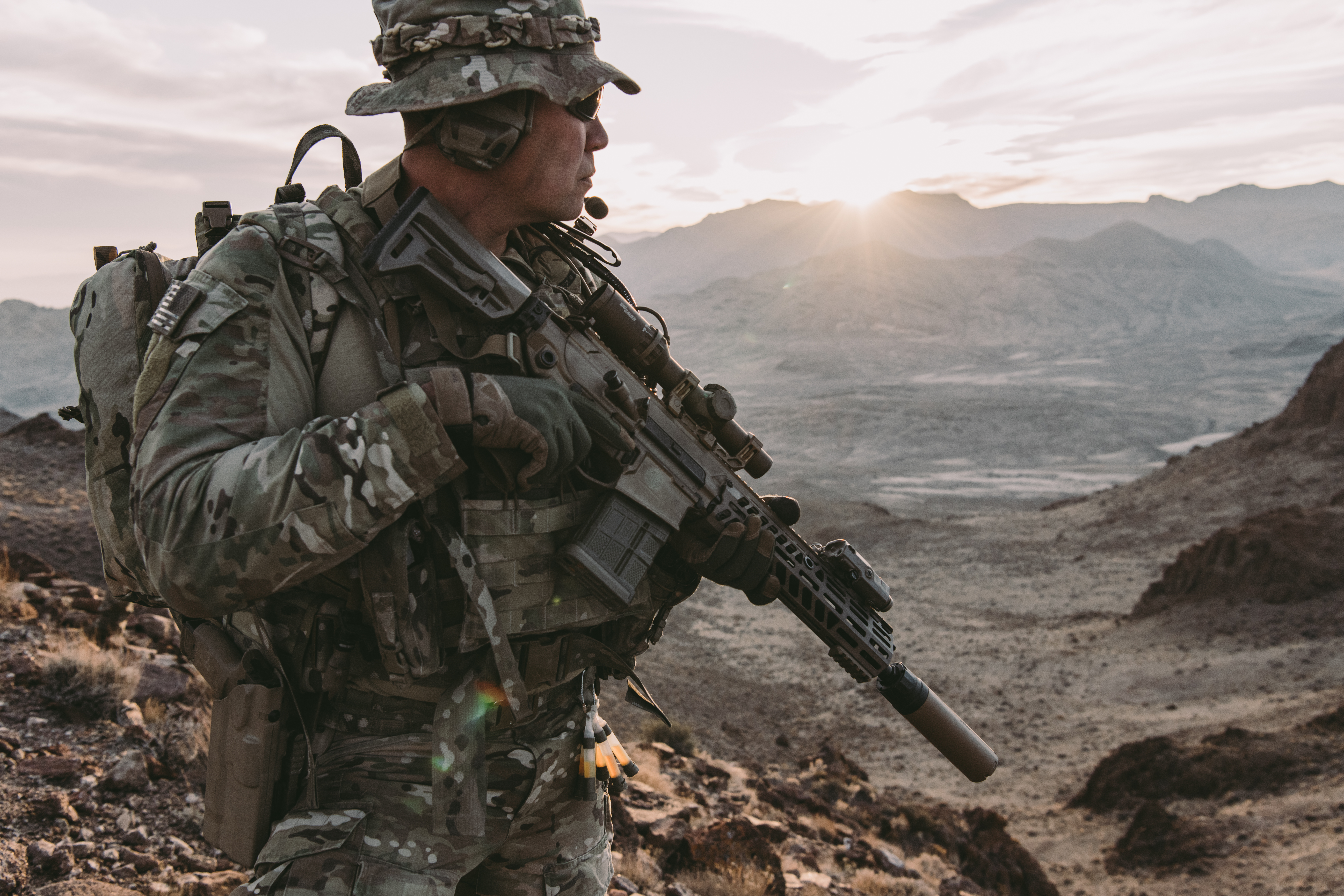
The Army has to mass enough ammunition for both combat and training requirements before fielding the NGSW, which will require boosting production of the new 6.8mm round by Sig Sauer and the Lake City Ammunition Plant in Missouri. That facility made ammunition for all three competitors during the NGSW program, Boruff said. Some existing equipment there will be modified for greater output of the 6.8 round while a dedicated 6.8 manufacturing line is constructed in a new building, Boruff said. Lake City’s new building should begin producing ammunition in fiscal years 2025 or 2026, but production elsewhere will be sufficient to field the NGSW until it is up and running.
“When it’s time for them to field in ‘23 and ‘24, we’ll have enough reserve ammunition for us to go forward … and there’s going to be no delay in the fielding plan right now,” Boruff said.
There is no indication that the Army will begin fielding any other new weapons in 6.8mm rather than the standard NATO calibers at this time, but efforts are underway to convert some existing arms to the new intermediate round. The Army is actively looking for an M240 6.8mm conversion kit for the M240B and/or M240L machine guns, both of which are chambered in 7.62mm weapons, while preserving the “durability, reliability, and function of the M240 weapon platform,” the Army said in an ongoing solicitation.
Meanwhile, True Velocity has test-fired the TVCM composite-cased ammunition it developed for the GD-OTS/LoneStar entry on an M134 Minigun and other weapons. The company asserts that a simple barrel change is enough to allow weapons like the M240 to fire 6.8mm ammunition instead of 7.62mm.
Fielding a new squad weapon system with a completely new caliber of ammunition is a major undertaking for an Army that has not significantly altered its standard small arms in six decades, though not for lack of trying. Critics already have piled on the NGSW program as headed for the same graveyard as the futuristic XM8, developed by Heckler & Koch and abandoned by the Army after years of testing.
The War Zone will continue to keep tabs on the NGSW as testing continues and fielding nears.
Contact the author: Dan@thewarzone.com
